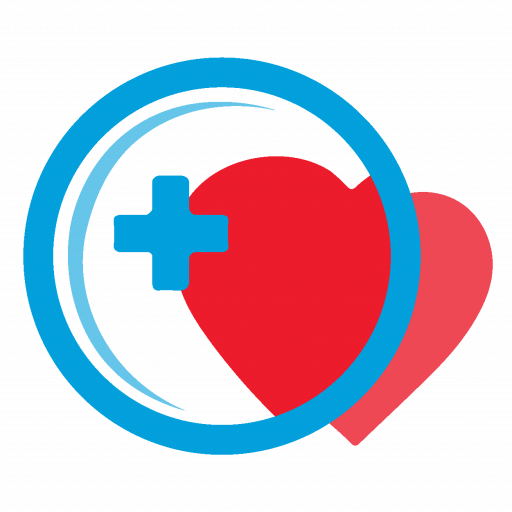What is QTVI?
The QT Variability Index (QTVI) is a non-invasive measure of repolarization lability that has been applied to a wide variety of subjects with cardiovascular disease. READ MORE (1 ) (22)
How is QTVI utilized in medicine?
QTVI has been utilized in cardiovascular medical research for more than 25 years. Many medical and technical journals have described the medical benefit of measuring the QTVI in thousands of patients worldwide. READ MORE (2) (4)
What does QTVI analysis do to improve your sleep apnea study?
Awareness of the relationship between Obstructive Sleep Apnea (OSA) and rhythm disorders is variable among physicians. READ MORE (2) QTVI measurements are statistically higher in OSA than in non-OSA patients for males. In OSA patients, QTVI can be a more useful measurement to detect arrhythmias than QTc. New findings have found intermittent hypoxemia created by Sleep-Disordered Breathing (SDB) can have adverse effects on the QTVI and a cumulative impact on cardiac repolarization with a possibility of heart failure. READ MORE (3) (4)(5)(6)(7)(8)(10)(21)(22)
The testing for OSA in the clinic or at home normally only requires a single lead ECG for observation and heart rate counting.
READ MORE (11)(12)(13)(14)
We propose a three lead, single patch, miniature cardiac holter device with advanced automated ECG analysis. We can measure HR, 2 HRV, QT, QTc, and QTVI either in the clinic or at home. The cardiac holter can do 15-minute analysis throughout the sleep study as well provide a summary at nights end.
There are several reliable medical journal articles with the normal and abnormal values for QTVI Variability. We are including the normal values into the QTVI algorithm for ease of use with our software. (21) (22)
Sleep disordered breathing destabilizes ventricular repolarization and with the predictability of QTVI analysis can determine which ventricular arrythmias are potentially dangerous.
Market for QTVI in Sleep Apnea
- 2023 device market size is estimated at USD $7.64B. (17)(20)(24)(25)
- 2028 device market size is estimated at USD $10.88B. (17)(20)(24)(25)
- Approximately 22 million Americans have sleep apnea. (26)(27)
- One in five adults have at least mild symptoms of sleep apnea. (26)
- China has the highest number of obstructive sleep apnea. (66 million) (27)
- One in four middle-aged men have OSA. (26)
- Sleep apnea is unlikely to harm you, but the complications can. (27)
- Nine out of ten individuals with sleep apnea don’t have a diagnosis. (27)
- 33% of sleep apnea patients stop using their “at home” CPAP devices. (27)
- Cost of Sleep Study in sleep center is $2,925 and the range is $1,250-$6,700. (19)(26)(23)
- Cost of at home sleep study falls between $150-$500. (23)(24)
- Sleep center and at home study is approximately 50-50 as of today.
- The cost of CPAP devices (continuous positive airway pressure) ranges from $250-$3000. (18)(25)
- Datrix Sirona with modified 512Hz sampling rate. datrixmed.com
- Patch, 3 lead ECG electrode. Provided by Datrix.
- Android mobile or tablet with Bluetooth.
- Automated cloud data collection with standard ECG recording plus QTVI analysis. The report delay is 15-30 seconds for data returned to the collection center.
Tools required to complete ECG analysis with QTVI during a sleep study in the sleep center or at home.
Datrix Sirona with modified 512Hz sampling rate. www.datrixmed.com
Patch 3 lead ECG electrode. Provided by Datrix.
Android mobile or tablet with Bluetooth.
Automated cloud data collection with standard ECG recording plus QTVI analysis. The approximate delay is 15-30 seconds for data returned data collection center.
What is needed to complete this software
The Berger QTVI algorithm is complete with minor improvements being added.
The software needs further validation against QTVI norms.
The front end of the software needs to be developed.
FDA approval is needed.

